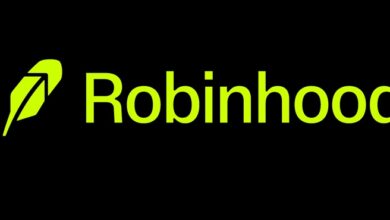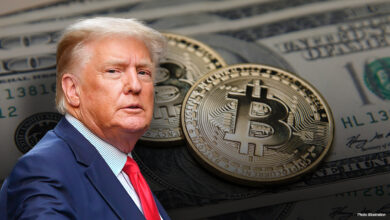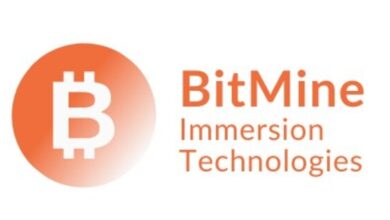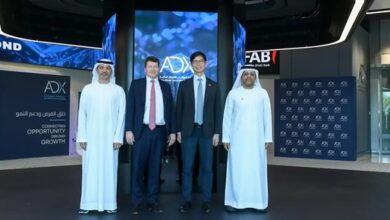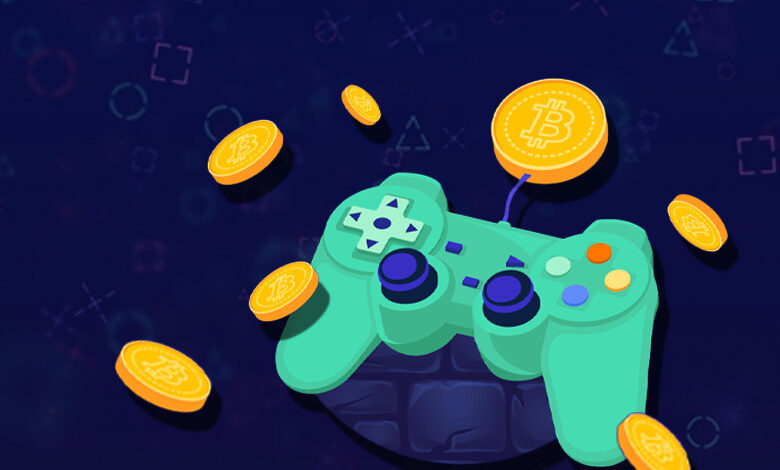
GameFi, an amalgamation of the words “Game” and “Finance” that incorporates elements of both gaming as well as financial incentives, has taken the world by storm, as it continues to rise by the day.
Beyond direct monetary incentives, GameFi offers the prospect of digital assets ownership in virtual worlds that players devote a large portion of their time on and the potential for interoperability by bringing those assets across different virtual worlds. The vast potential that comes with integrating traits of blockchain technology, gaming, financialization, and NFTs, has contributed to significant interest in and growth of GameFi.
GameFi in numbers
Binance half-year report has revealed that the number of games has now reached 1,551 as of June 2022.
In the first half of 2022, traditional gaming companies have entered the blockchain gaming space. For example, Square Enix sold US$300M worth of valuable intellectual property to fund its blockchain initiatives in May, Epic Games raised US$2B to develop its metaverse efforts in April, and companies like Ubisoft, EA, and Tencent have also entered the blockchain gaming space. Moreover, Cypher Capital, a venture capital firm located in the UAE, announced that it has invested in blockchain GameFi entity, “Cross The Ages (or CTA)”, an immersive metaverse gaming platform utilizing NFTs and tokenomics. The Singapore-based Cross the Ages received investments of $12 million in its seed funding round, which will be utilized to further develop the game’s eponymous platform and retain talent.
While this means increased competition for existing blockchain game companies, it is a positive sign for the industry in terms of driving innovation.
Nonetheless, slowing growth is evident, reaching a single-digit growth rate, 2.5% in June 2022. For obvious reasons, market conditions have likely contributed to this decline, as investors pause their activities and the number of new games launches slow.

Also, knowing that there are other considerations and factors when evaluating this space besides looking at market share by number of games, the critics on Ethereum, which include its high gas fees and slow throughput play an important role in this analysis. However, even though Ethereum remains the dominant blockchain with the highest number of GameFi projects built, market share has fallen steadily from over 50% in July 2021 to around 35% in June 2022, giving the BNB chain a chance to shine. In fact, BNB chain has taken market share from Ethereum – it has nearly 31% market share as of June 2022 and is the second largest ecosystem based on the number of GameFi projects.
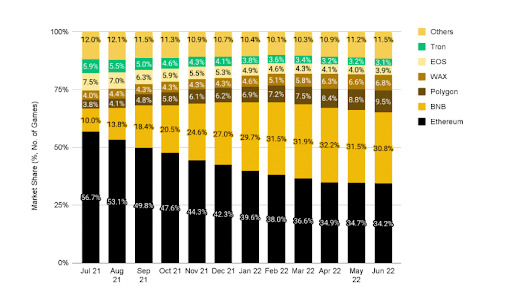
STEPN case study
Play-to-earn projects have recently seen the light of day, and there are many more to come. In simple words, move-to-earn revolves around lifestyle, and users are typically rewarded for physical activity.
Prominent projects include Step App, Genopets, and one of the most popular STEPN.
STEPN is one of the first and is the leader in the Move-to-Earn space. Users earn STEPN’s native Green Satoshi Tokens (GST) when they walk or run. However, it comes with a cost, as to earn tokens, you have to first buy a virtual sneaker, which costs around US$120 for the cheapest NFT. STEPN also earns royalty whenever the virtual sneakers are traded on the secondary market.
The project garnered significant attention in Q2 of this year, and interest grew since its governance Green Metaverse Token (GMT) sale in March 2022. At its peak, STEPN had over 700K monthly active users. Nonetheless, recent trends exhibit headwinds in terms of retaining existing users as well as attracting new users to the game.
Furthermore, the declining GST price chart suggests that current token sinks are not effective in contributing to sustainable tokenomics; these have had a direct impact on the prices of GMT and GST tokens, which have fallen by over 85%. In response to the community’s feedback, STEPN has released their action plan for the game economy, but it remains unclear whether the project will rise again or reach a dead end.
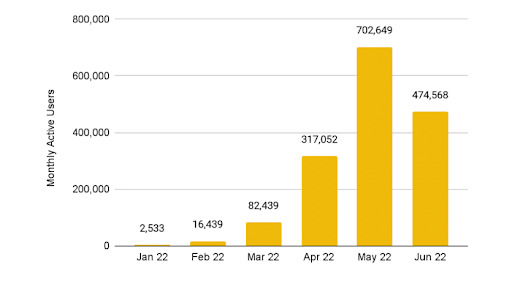
Sector Analysis
Overall, GameFi remains a broad opportunity for tech companies. For instance, Andreessen Horowitz launched a US$600M gaming-focused fund in May, and Immutable launched a US$500M venture fund focused on Web3 games in June.
With sufficient funding, companies are able to make the necessary investments and hire skilled individuals to develop better games, which will lead to higher user adoption and more funding for the sector.
Nonetheless, this sector is still in its early stages with significantly more room for growth. More work can be done to attract traditional gaming studios to the space. Based on the Game Developers Conference (GDC) 2022 report, of over 2,700 game developers surveyed, only about 28% of respondents indicated that their studios were interested in or are using cryptocurrency. Approximately 29% said the same for NFTs.
This being said, scalability, tokenomics, and gameplay are a few of the commonly cited issues that teams are undoubtedly working on.
As for the play-to-earn projects, it is nothing but normal to focus on the financialization aspect of the game and how users and the project teams can earn financial rewards, but when “earning” becomes the primary purpose of playing a game, long-term sustainability of the game’s ability to attract and retain users is called into question during times of market volatility.
Consequently, instead of a play-to-earn model, adopting a play-and-earn one might be better in this case, where earning is an additional value proposition that enhances the gaming experience.
Also, going forward, we will likely see more variations to the gamification of different aspects of lifestyle beyond just move-to-earn. For example, another variation is “learn-to-earn”, where project teams reward users for educating themselves on a particular topic. This serves as a user acquisition tool and the goal is to incentivize users to learn through their platform. Overall, by introducing financial incentives, project teams can encourage users to perform specific actions and use their platform.
Last but not least, one has to keep in mind that GameFi is changing the rules of gaming and is onboarding a new wave of players into the blockchain ecosystem.
The gaming market size is estimated to be around US$175B today, and GameFi market cap is less than 4% of that at only US$6.2B, a number worth considering.
Yes, we are at a very early and rising stage, and there is so much to do still. Nevertheless, the sector is rapidly developing and innovating.
Gaming activity has fallen alongside a downturn in the market and this might pose a challenge for weak projects, but teams that have managed to raise funding and can focus on building in this environment are better positioned to emerge from this cycle stronger.
With the best minds of the industry and even experienced traditional gaming studios working on the space, the future of GameFi is promising.

